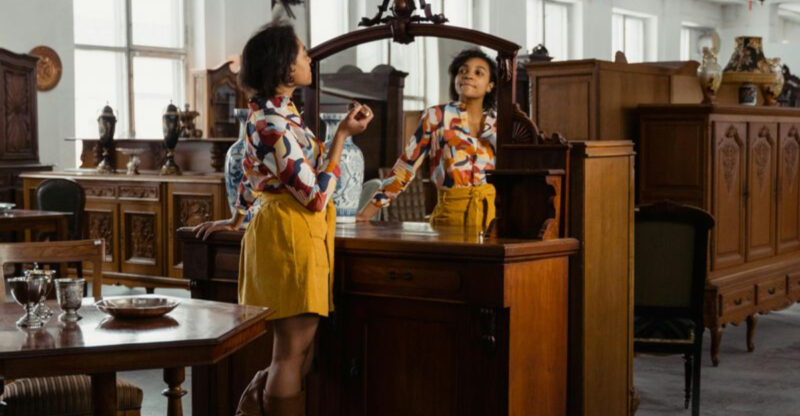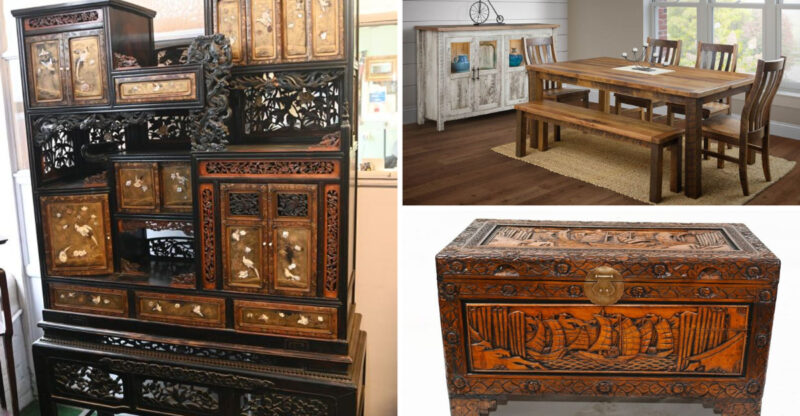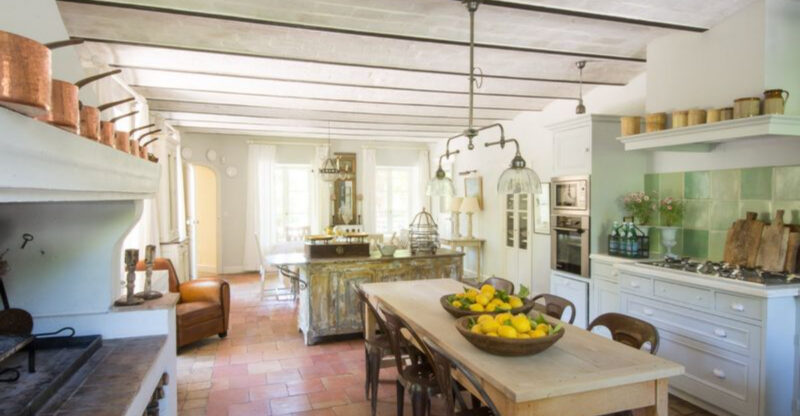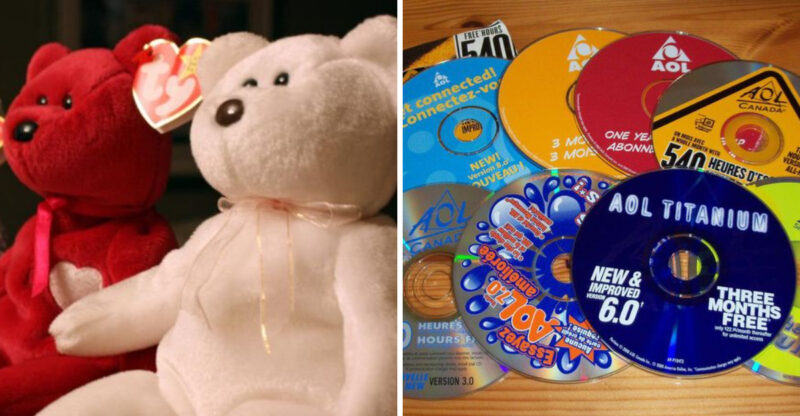6 Antique Living Room Pieces In Simi Valley That Lost Value And 6 That Never Held Any

Antique scene reflects more than just nostalgia – it reveals how design trends and buyer preferences evolve over time. That ornate settee your grandmother adored? It might not be worth much today.
Meanwhile, some pieces in Simi Valley that look vintage have never held real value, no matter how often they show up in thrift stores or estate sales. Knowing the difference isn’t just about dollars – it’s about curating a space with pieces that truly matter, whether for style, sentiment, or smart investment.
1. Ornate Victorian Settees

Once commanding premium prices in Simi Valley’s antique shops, these elaborate seating pieces have plummeted in value. The intricate carvings and velvet upholstery that defined Victorian elegance now seem fussy to modern buyers.
Market trends show younger collectors prefer cleaner lines and more practical furniture. What sold for thousands five years ago might fetch only a few hundred dollars today.
2. Roll-Top Desks
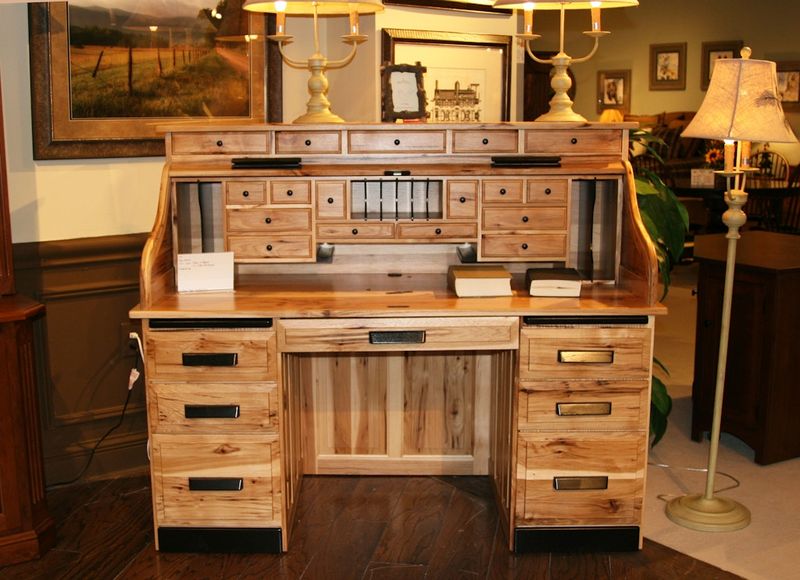
Formerly cherished for their charm and practicality, these classic writing stations have seen significant depreciation in Simi Valley’s market. The bulky wooden structures with tambour covers occupy too much space in today’s smaller homes.
Local dealers report declining interest despite historical significance. Even well-preserved oak specimens from the early 1900s struggle to sell for half what they commanded a decade ago.
3. Grandfather Clocks
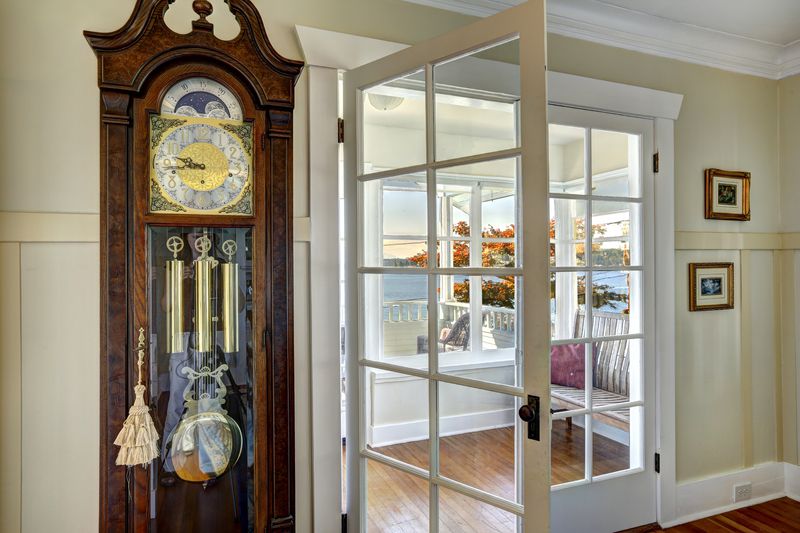
Stately timekeepers that once served as family heirlooms now struggle to find buyers in Simi Valley. These towering clocks with pendulums and chimes represented wealth and sophistication in previous generations.
Maintenance challenges and space requirements have diminished their appeal dramatically. Clocks that families invested thousands in during the 1980s and 1990s often sell for mere hundreds today, if they sell at all.
4. Heavy Carved Coffee Tables

Massive wooden centerpieces with elaborate designs have fallen from grace in Simi Valley homes. Their dark finishes and imposing presence clash with contemporary preferences for light, airy spaces.
Auction records reveal steady price declines over fifteen years. Tables that previously represented craftsmanship and status now sell for fractions of their original cost, with some exceptional pieces losing up to 80% of their value.
5. China Cabinets And Curio Displays
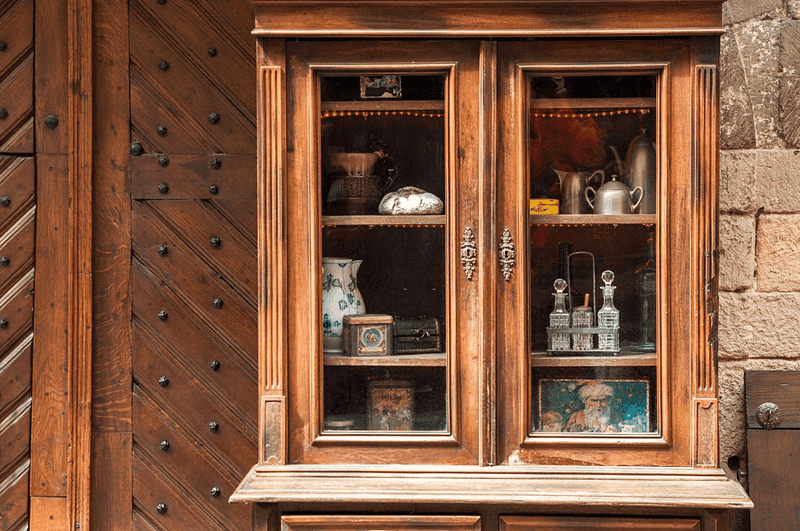
Display cases designed to showcase fine china and collectibles have experienced a market collapse in Simi Valley. Formal dining rooms where these pieces traditionally stood have disappeared from newer homes.
Changing entertaining styles have rendered these cabinets obsolete. Local estate sales frequently feature magnificent mahogany and walnut examples that struggle to sell for even $200-300, down from thousands in their heyday.
6. Floral Upholstered Armchairs
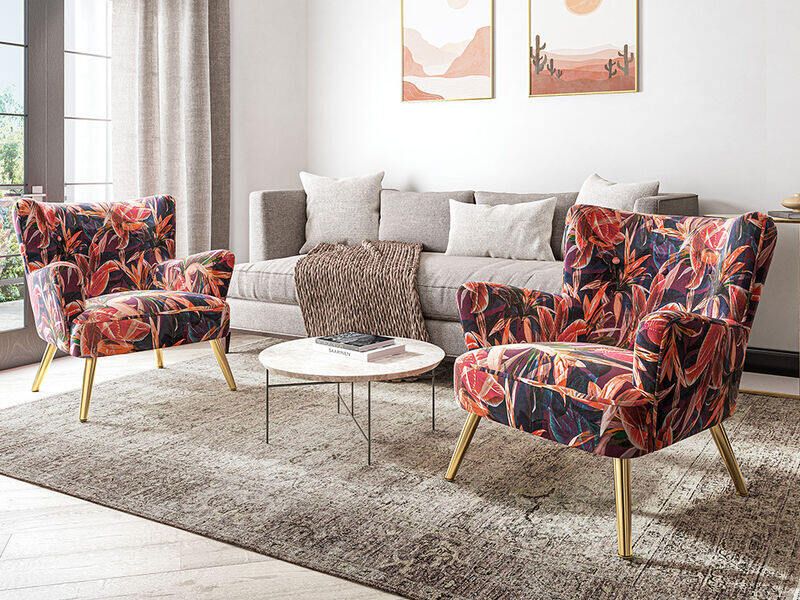
Plush seating adorned with botanical patterns has wilted in Simi Valley’s market value. These chairs, once staples in formal living rooms, feature outdated fabrics and silhouettes that contemporary decorators avoid.
Local appraisers note their steady depreciation since the early 2000s. Even quality-made pieces from respected manufacturers like Ethan Allen and Drexel Heritage struggle to command more than bargain-basement prices at consignment shops.
7. Pressed Wood End Tables
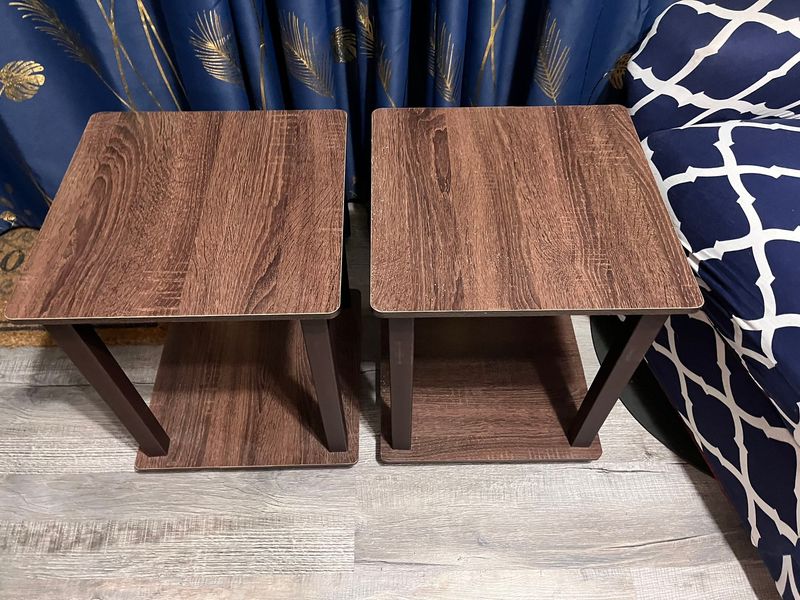
Despite sometimes sporting antique-inspired designs, these faux furnishings never fooled serious collectors in Simi Valley. Manufactured from compressed wood particles and veneer, they lack the craftsmanship of genuine antiques.
Telltale signs include perfect uniformity and lightweight construction. Even decades-old examples remain virtually worthless in the secondary market, deteriorating quickly when exposed to moisture or heavy use.
8. Mass-Produced Reproduction Rockers

Factory-made rocking chairs mimicking colonial or Victorian styles flood Simi Valley’s secondhand market with little monetary return. Manufactured in enormous quantities during the 1970s-1990s, these pieces lack the hand-crafted details of authentic antiques.
Shortcuts in construction become evident upon inspection. The spindles are perfectly uniform, joints are reinforced with modern hardware, and the wood often shows machine marks rather than the subtle variations of hand tools.
9. Laminated TV Cabinets

Entertainment centers built for outdated television proportions crowd Simi Valley’s donation centers with virtually no resale potential. Their bulky designs accommodate obsolete CRT televisions while offering storage for VHS tapes and DVDs.
Technology evolution has rendered these pieces functionally obsolete. Dark laminate finishes attempting to mimic wood grain fool nobody, while particleboard construction ensures these units deteriorate rapidly when moved or disassembled.
10. Faux Antique Floor Lamps
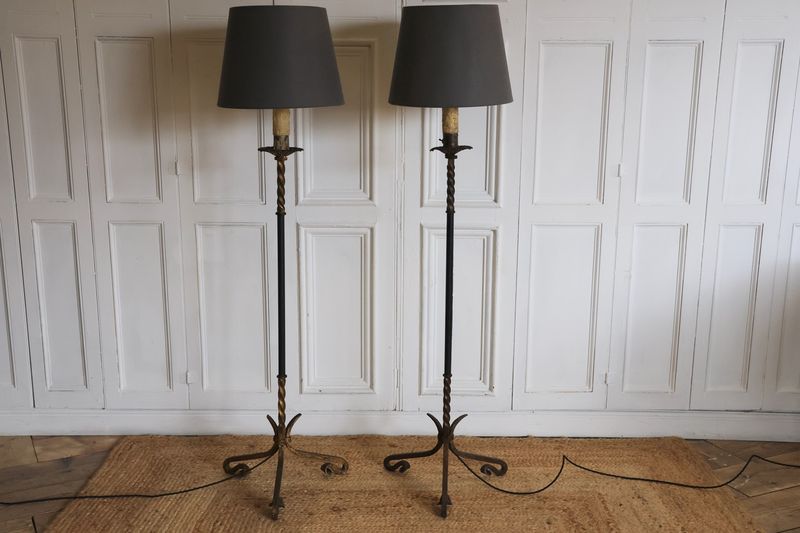
Lighting fixtures with pseudo-historical designs clutter Simi Valley’s resale shops with negligible value. Manufactured to evoke Victorian or Art Deco aesthetics, these lamps combine plastic components with cheap metal finishes.
Easily identified by their lightweight construction and mass-produced embellishments. Even after decades of use, these pieces remain firmly in the decorative category rather than acquiring any genuine antique status or value worth mentioning.
11. Inexpensive Wicker Furniture
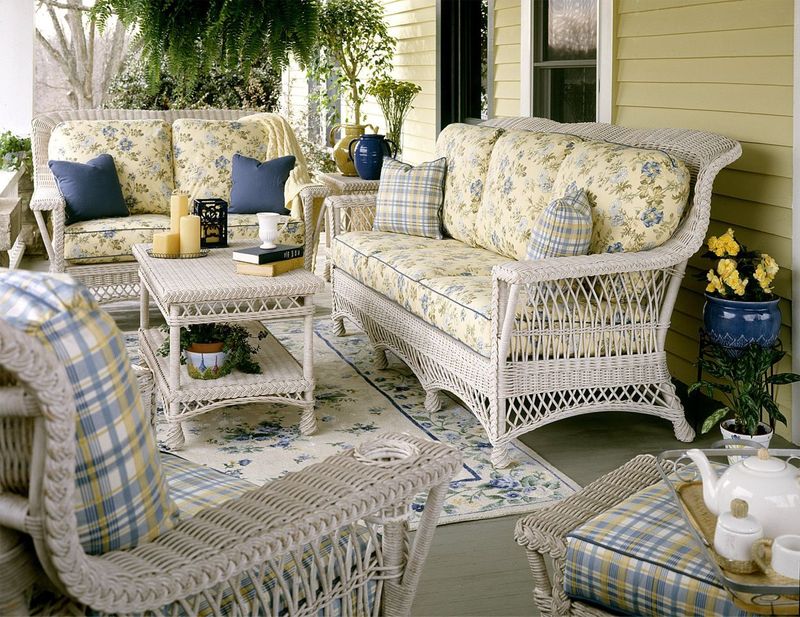
Casual seating made from synthetic materials masquerading as natural wicker holds zero investment potential in Simi Valley. Quick deterioration occurs when exposed to Southern California’s sunlight, with colors fading and materials becoming brittle.
Authentic antique wicker requires skilled restoration to maintain value. These mass-market imitations, however, were designed as temporary decorative pieces from the start, using cheap manufacturing methods that ensure they remain perpetually worthless.
12. Collectible Plate Racks
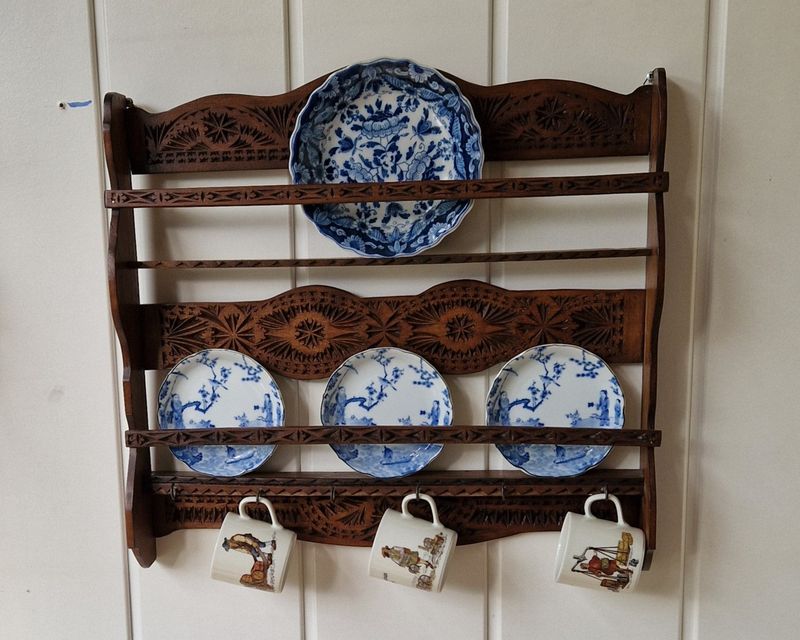
Wall-mounted displays designed specifically for commemorative plates represent a collecting trend that never translated to lasting value in Simi Valley. Typically constructed from thin wood or particle board, these racks served a single narrow purpose.
The market for limited-edition plates collapsed decades ago. Consequently, the specialized holders created for this collecting fad became instantly obsolete, joining the plates themselves as yard sale fodder rarely commanding more than a dollar or two.


